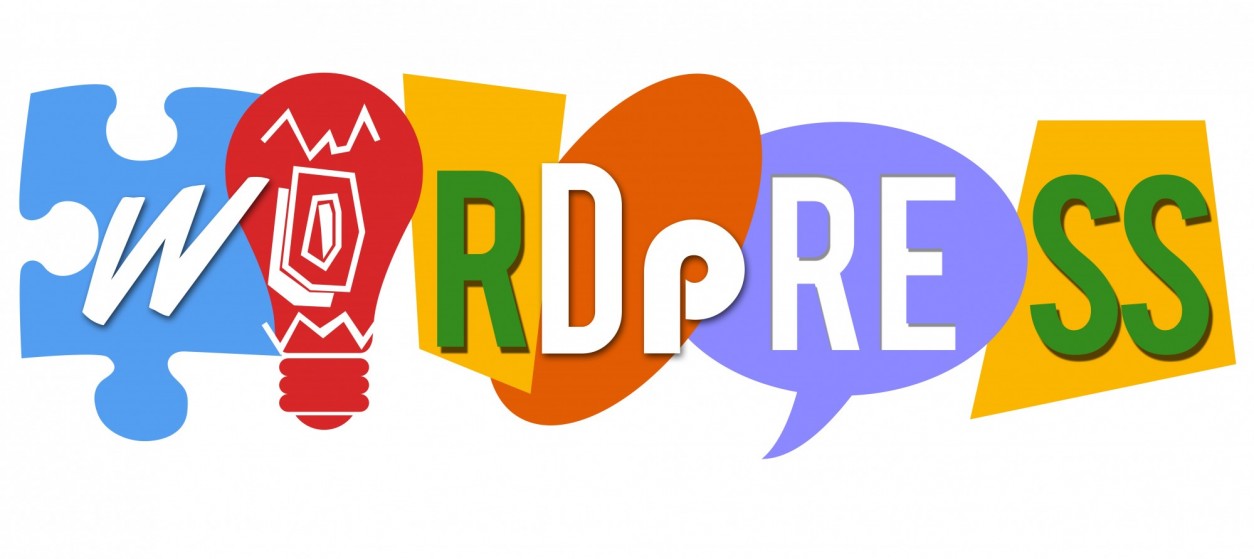For nearly twenty years most software applications are web based. From web sites to enterprise software systems, applications comprise a web tier and enables access to functionalities via a web browser. Web application developers are therefore offered with a rich set of tools and techniques for accomplishing their development tasks. In most cases applications developers make use of web application development frameworks, which speed up their development tasks and ease the production of well-structured and less error prone applications. For example, they accelerate development through enabling developers to configure part of the application rather than code it from scratch. Furthermore, they provide readily available support for popular programming patterns like the MVC (Model View Controller).
Numerous web application development frameworks have emerged in the last two decades. They support different programming languages and platforms and have been advancing in line with the evolution of the architecture and the programming patterns of web applications. Given the wide variety of available options it’s important for developers to understand the merit and need for the various frameworks, along with their pros and cons. In following paragraphs, we present seven of the most popular frameworks, which are widely used by developers as we speak.
1. Angular: A choice for performance and flexibility
Angular is one of the most popular frameworks for web application development, which is used by giant companies like Google, Microsoft, and Paypal. The main value proposition of this framework lies in its flexibility and the rich set of functionalities that it offers. For example, it provides handy programming features like dependency injection, while support Typescript that makes it appropriate for large scale applications. Likewise, it provides template syntax and command-line support for quick prototyping. Developers take advantage of Angular in order to improve their productivity and speed of application development, both for enterprise-scale solutions and for conventional web applications with dynamic content.
2. Flutter: The Non-Javascript Application for Mobile Apps
Similar to Angular, Flutter is a framework provided by Google. It is extensively used for developing web mobile applications for the Android and iOS platforms, while easing application development in Google’s Fuchsia OS platform as well. Contrary to Angular and other Javascript-based frameworks, Flutter is written in Dart, a new language that supports server-side and client-side developments for both desktop and mobile computing. In this way, Flutter bypasses the need for interacting with the Javascript engine over a virtual machine, which is the reason why it can run extremely fast. It’s very popular for game development on different platforms.
3. Vue: A Promising Newcomer
There are web development frameworks beyond Google products. Vue.js is one of them: It is an open-source JavaScript framework for building user interfaces and single-page applications, which has a growing popularity. Vue is a generally small and very fast framework, which facilitates developers in finding errors and in integrating it with other apps. Vue’s simplicity is what makes it easy to find errors and to solve issues. Moreover, its documentation is of high quality and appealing to developers. Despite its advantages and popularity, Vue is sometimes accused of not being so mature, while it’s not being widely used by large enterprises.
4. Django: The Legacy Python-based Player with a Large Installed Basis
Django is a nearly fifteen years old framework for web development, which supports many thousands of web projects. It is still one of the most popular frameworks, thanks to its ability to support novel solutions to web application development problems and thanks to the fact that it is constantly improving. It is based on Python, a programming language that it has a growing popularity and very good momentum. Django is flexible, scalable and applicable to almost all web development problems. Indeed, it is used for the development of small-scale applications and proofs-of-concept, but also in large scale applications alike. Over the years, its community has grown significantly, and its documentation has greatly improved. That’s why it is still one of the top choices when it comes to developing web applications.
5. The Node.js Option with Many Out-of-the-box Tools
Exrpress.js has a prominent place in the Javascript ecosystem of web application development frameworks. Speed and simplicity among its main merits for developing web applications. Express.js is executed over the Node.js engine i.e. it is a Node.js API. It comes with numerous out-of-the-box tools and provides the means for developing and customizing solutions based on very few lines of code. It’s an excellent choice for Node.js developers, including full-stack developers that master the MEAN (MongoDB, Express, Angular, Node) stack. Users of Express include prominent IT companies like IBM, along with high-tech marketplaces like Uber.
6. Ruby on Rails: A known way to reduce development times at the Web Tier
The Ruby language emerged more than fifteen years ago, as a prominent way for developing web applications. Its penetration in web sites is currently impressive. Based on the Ruby language, the Ruby on Rails framework remains a popular option for web application development. The framework is known for its ability to solve complex development issues and comes with a rich set of libraries that boost developers’ productivity. It also provides excellent test automation features, which lead to good code quality. Ruby on Rails is used by major web sites and marketplaces like Airbnb and Groupon.
7. Spring: Your Choice for Server-Side Java-based Development
Despite the rising popularity of programming languages like Python and Javascript, Java is still a language with a very large base of developers. Spring provides the means for developing web applications based on the Java language. It is very likely to find Spring in the back-end of a Java Enterprise Edition (JavaEE) application. Spring excels among the rich set of Java-based frameworks for web applications. It imposes a strict architecture to web apps, but helps simplifying and accelerating the development process.
In addition to the above-listed frameworks, there are many more notable mentions like Symfony and React. The available frameworks cover all tastes and needs, through support for different programming languages, development platforms, and programming styles. There is certainly not a one size fits all solution. Developers are in most cases free to make their own choice. Nevertheless, one should keep in mind that all these frameworks have a quite significant learning curve. Hence, prior to investing in one of them, developers must make sure that the selected framework will serve their needs across a series of projects. Overall, we are living in exciting times with a lot of freedom and plenty of choices. Web application frameworks empower developers in this direction.











naturally like your web site but you need to check the spelling on several of your posts. Several of them are rife with spelling problems and I to find it very troublesome to inform the truth then again I will definitely come again again.
https://www.smortergiremal.com/